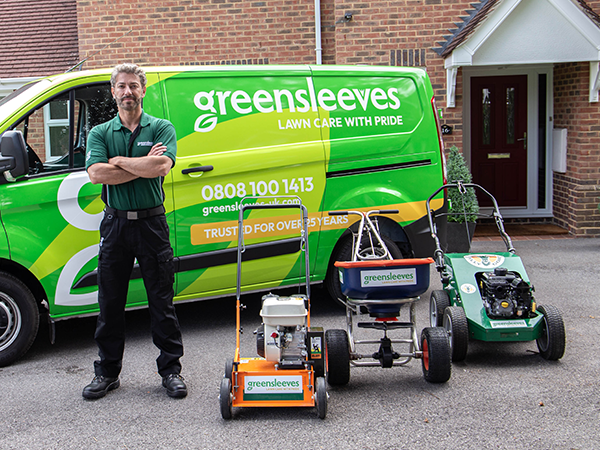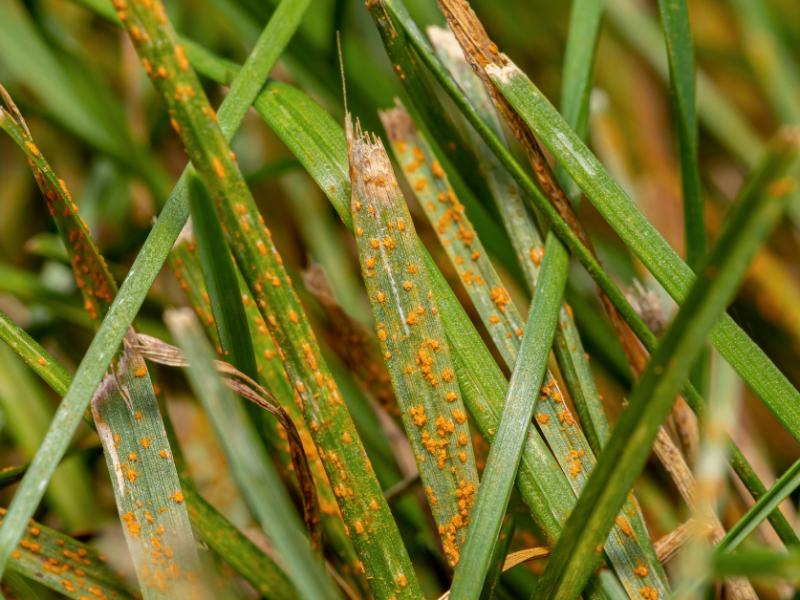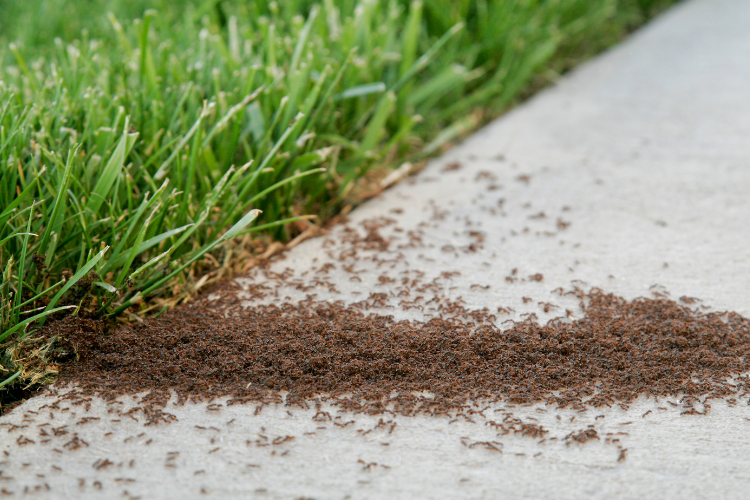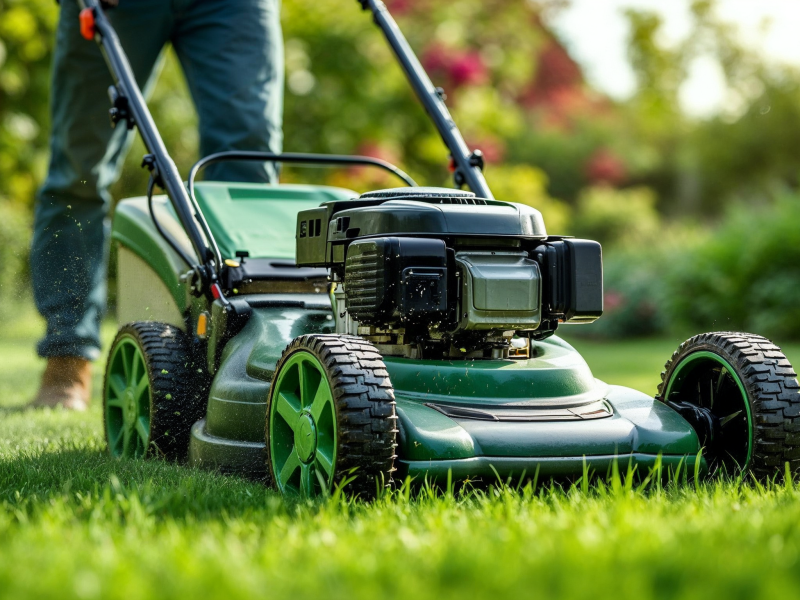Maintaining a lush, vibrant lawn requires proper care. Mechanical treatments like aeration and scarification help improve soil health, remove excess thatch, and promote fresh growth. Here’s how these treatments can enhance your lawn’s appearance.
Aeration: Boosting Soil Health
Aeration creates small holes in the soil, allowing air, water, and nutrients to reach the grass roots. There are two types of aeration: hollow tine aeration and spiking. Both methods improve soil health and reduce compaction, especially in areas with heavy foot traffic. After aeration, water and fertiliser penetrate the soil more effectively, reducing overall usage.
Why Soil Health Matters
For grass to thrive, the soil must allow water, oxygen, and nutrients to flow freely to the roots. Over time, soil particles compress, which can hinder growth and cause poor drainage or waterlogging. To prevent this, Greensleeves recommends annual hollow tine aeration. If your lawn endures frequent use from children playing or social events, more frequent aeration may be necessary.
Moss & Thatch Control: Promoting Growth
Scarification, also known as moss and thatch control, removes organic matter that accumulates above or below the soil line. Excess thatch restricts hydration, nutrient absorption, and root development. It also creates an environment where lawn diseases like red thread can thrive.
When to Address Moss & Thatch
The best time for moss and thatch control depends on your lawn’s needs. Thinning out thatch in spring encourages fresh growth and prepares your lawn for summer use. While spring is an ideal time, scarification can be done throughout the year as long as the lawn is not too wet or frozen.
Overseeding: Enhancing Lawn Density
Overseeding involves adding new grass seed to an existing lawn. This treatment is most effective after aeration or scarification. Greensleeves lawn care experts use specialised machines to spread seed evenly, ensuring efficient coverage.
Overseeding fills bare spots, thickens the grass, and promotes fresh growth. Regular overseeding increases resistance to disease and reduces moss development. Lawns that undergo annual overseeding become progressively thicker and more resilient, delivering that impressive ‘wow’ factor.
By incorporating these mechanical treatments into your lawn care routine, you’ll achieve a healthier, greener, and more attractive lawn year-round.





